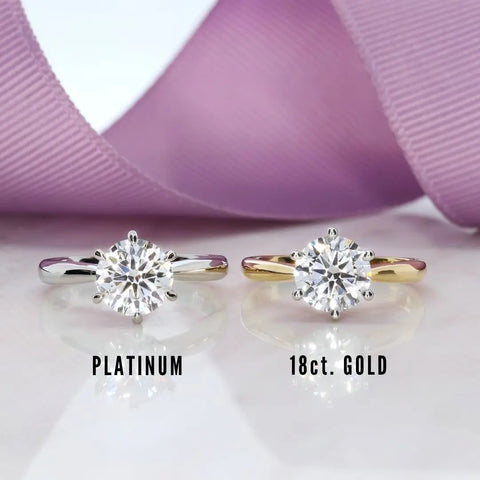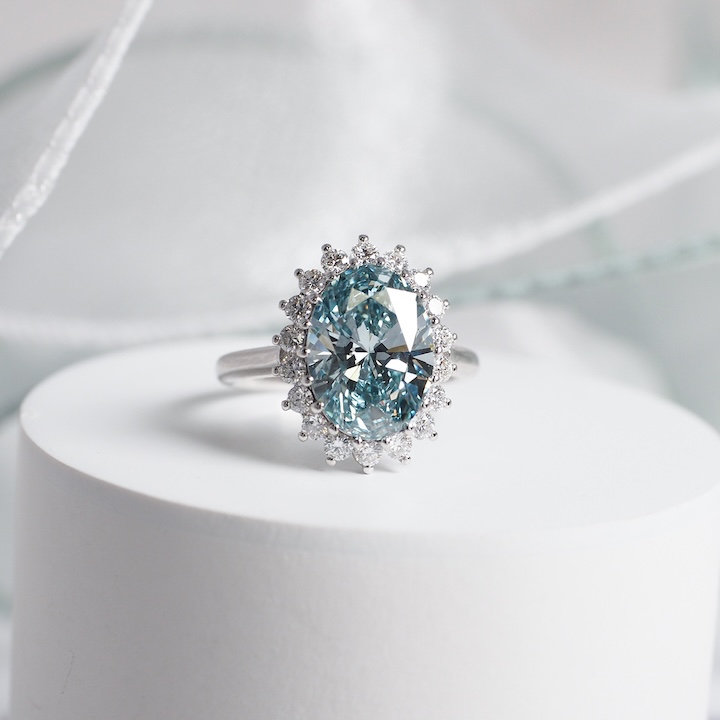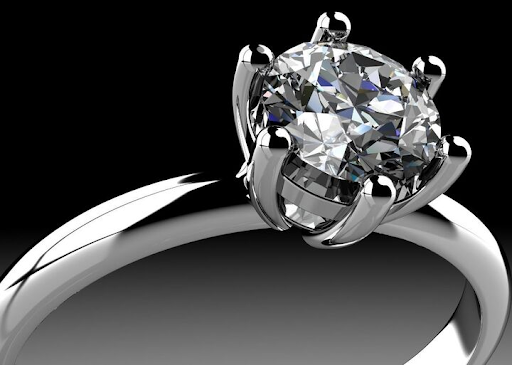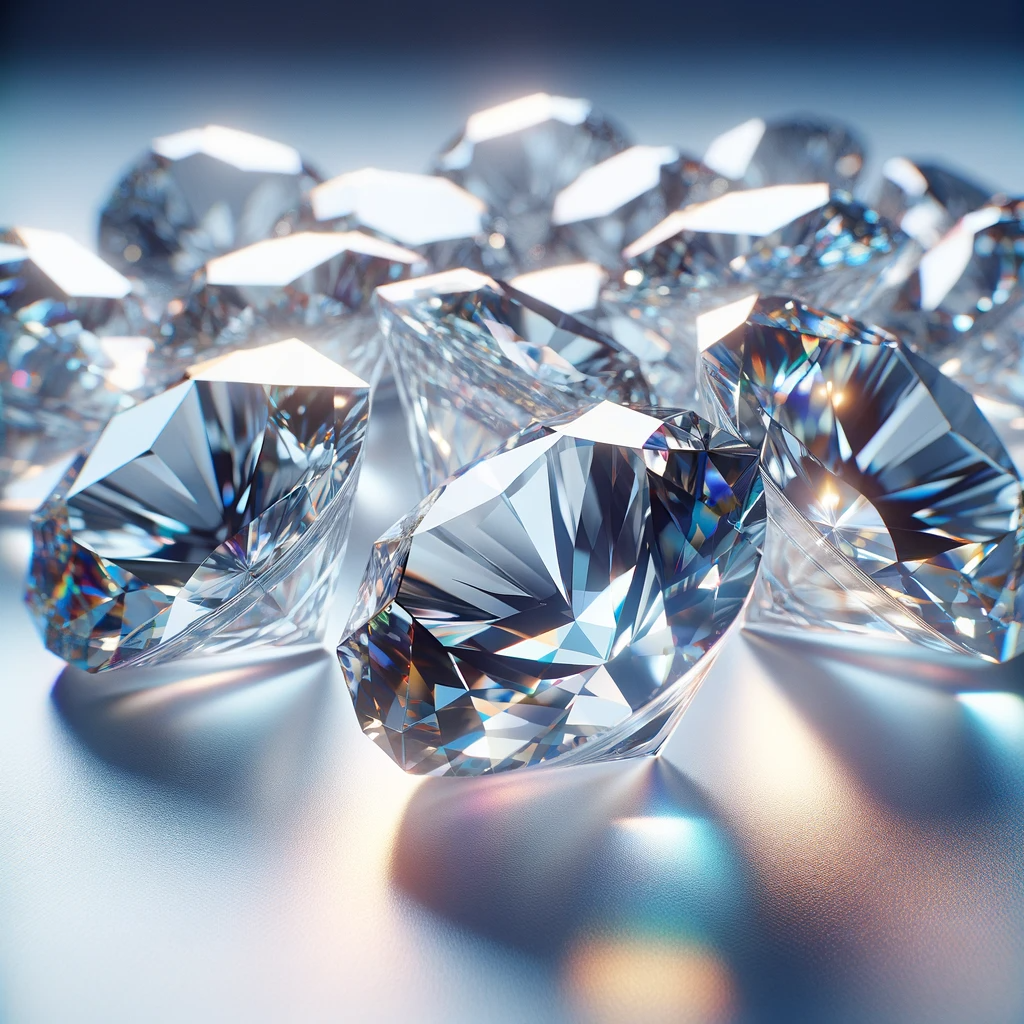With regards to picking the ideal diamond, one of the most basic elements to consider is the cut. The cut of a diamond isn’t just about its shape; it alludes to how well the diamond has been made from its harsh structure to boost splendor, fire, and glimmer. In the realm of lab diamonds, where accuracy and innovation are vital, understanding the various types of diamond cuts types can assist you with pursuing an educated choice.
The Significance of Diamond Cuts
The cut of a diamond fundamentally impacts its general appearance and worth. A very much cut diamond will mirror light perfectly, improving its splendor and causing it to show up more lively. Conversely, an ineffectively cut diamond might look dull and dreary, no matter what its tone or clearness. To this end the cut is frequently thought to be the most critical of the 4Cs (Cut, Variety, Lucidity, and Carat) in deciding a diamond’s quality.
Round Splendid Cut
The round splendid cut is the most famous and notable diamond cut, representing over 70% of all diamonds sold. This cut is prestigious for its excellent splendor and fire, which is accomplished through its 58 features (counting the culet). The round splendid slice is intended to amplify light return, going with it the best decision for those looking for greatest shimmer. Lab diamonds with a round splendid cut are in many cases the top decision for wedding bands and other fine gems.
Princess Cut
The princess cut is the second most famous diamond shape, leaned toward for its advanced and tense allure. This square or rectangular cut highlights pointed corners and a splendid feature design, giving it a dazzling shimmer that matches the round splendid cut. The princess cut is an incredible decision for the individuals who need a contemporary look with a dash of style. Lab-developed princess cut diamonds are especially pursued for their perfect lines and eye-getting brightness.
Pad Cut
The pad cut, otherwise called the cushion cut, is an immortal and heartfelt diamond shape that has been famous for north of a long period. This cut consolidates a square or rectangular shape with adjusted corners, giving it a delicate and rich appearance. Pad cut diamonds have bigger features, which consider more prominent light scattering and make a “squashed ice” impact. Lab diamonds with a pad cut are ideal for rare roused plans and the people who value an exemplary yet particular look.
Oval Cut
The oval cut diamond is an extended form of the round splendid cut, offering a comparable degree of brightness with a more exceptional shape. The oval cut’s stretched structure can cause the diamond to seem bigger than its carat weight, making it an alluring choice for the individuals who need a diamond that sticks out. Lab-developed oval cut diamonds are inclined toward for their adaptability and capacity to compliment different finger shapes and sizes, particularly in wedding bands.
Emerald Cut
The emerald cut is a stage cut diamond that highlights rectangular features organized in equal lines, making a corridor of-mirrors impact. This cut underlines the diamond’s clearness and gloss as opposed to its splendor. The emerald cut is in many cases picked for its downplayed tastefulness and one of a kind appeal. Lab diamonds with an emerald cut are ideal for the individuals who incline toward a modern and immortal look.
Asscher Cut
Like the emerald cut, the Asscher cut is a stage cut diamond with a square shape and edited corners. This cut was advocated during the Craftsmanship Deco period and is known for its mathematical evenness and clean lines. The Asscher cut offers a special mix of rare allure and current refinement. Lab-developed Asscher cut diamonds are great for the individuals who value a diamond with verifiable importance and a particular appearance.
Marquise Cut
The marquise cut, otherwise called the navette cut, is a stretched diamond shape with pointed closes. This slice is intended to boost carat weight, giving the deception of a bigger diamond. The marquise cut’s thin shape likewise causes the wearer’s fingers to show up longer and more rich. Lab diamonds with a marquise cut are ideal for the individuals who need a sensational and eye-getting diamond that stands apart from the group.
Pear Cut
The pear cut diamond, otherwise called the tear cut, is a mixture between the round and marquise cuts, including an adjusted end and a sharp tip. This remarkable shape considers magnificent light reflection and makes a diamond with both splendor and tastefulness. Pear cut lab diamonds are flexible and can be worn with the point looking up or down, pursuing them a famous decision for wedding bands and pendants.
Brilliant Cut
The brilliant cut diamond joins the polish of the emerald cut with the splendor of the round cut. This rectangular or square-molded diamond highlights trimmed corners and a splendid feature design, making it one of the most shining diamond cuts available. The brilliant cut is great for the individuals who need a diamond with most extreme splendor and an advanced, restless look. Lab-developed brilliant cut diamonds are ideal for the individuals who need a mix of exemplary and contemporary styles.
Heart Cut
The heart cut diamond is an image of adoration and sentiment, going with it a well known decision for wedding bands and commemoration gifts. This cut elements a particular heart shape with a splendid feature design, guaranteeing that it shimmers perfectly. The heart cut is one of the most moving shapes to accomplish, requiring exact craftsmanship to keep up with balance and splendor. Lab diamonds with a heart cut are ideal for the people who need a one of a kind and wistful piece of gems.
Trillion Cut
The trillion cut, otherwise called the trilliant cut, is a three-sided molded diamond that offers a striking and present day look. This cut highlights sharp corners and a splendid feature design, giving it a shocking shimmer. The trillion cut is many times utilized as side stones in rings however can likewise be a striking place stone. Lab-grown trillion cut diamonds are great for the people who need a contemporary and eye-getting diamond shape.
Conclusion
While choosing a lab diamond, the cut is a pivotal element that decides the diamond’s excellence and brightness. Whether you favor the exemplary shimmer of a round splendid cut or the cutting edge polish of an emerald cut, lab diamonds offer a great many choices to suit your own style. Understanding the various types of diamond cuts can assist you with picking the ideal diamond that will sparkle for a lifetime.









